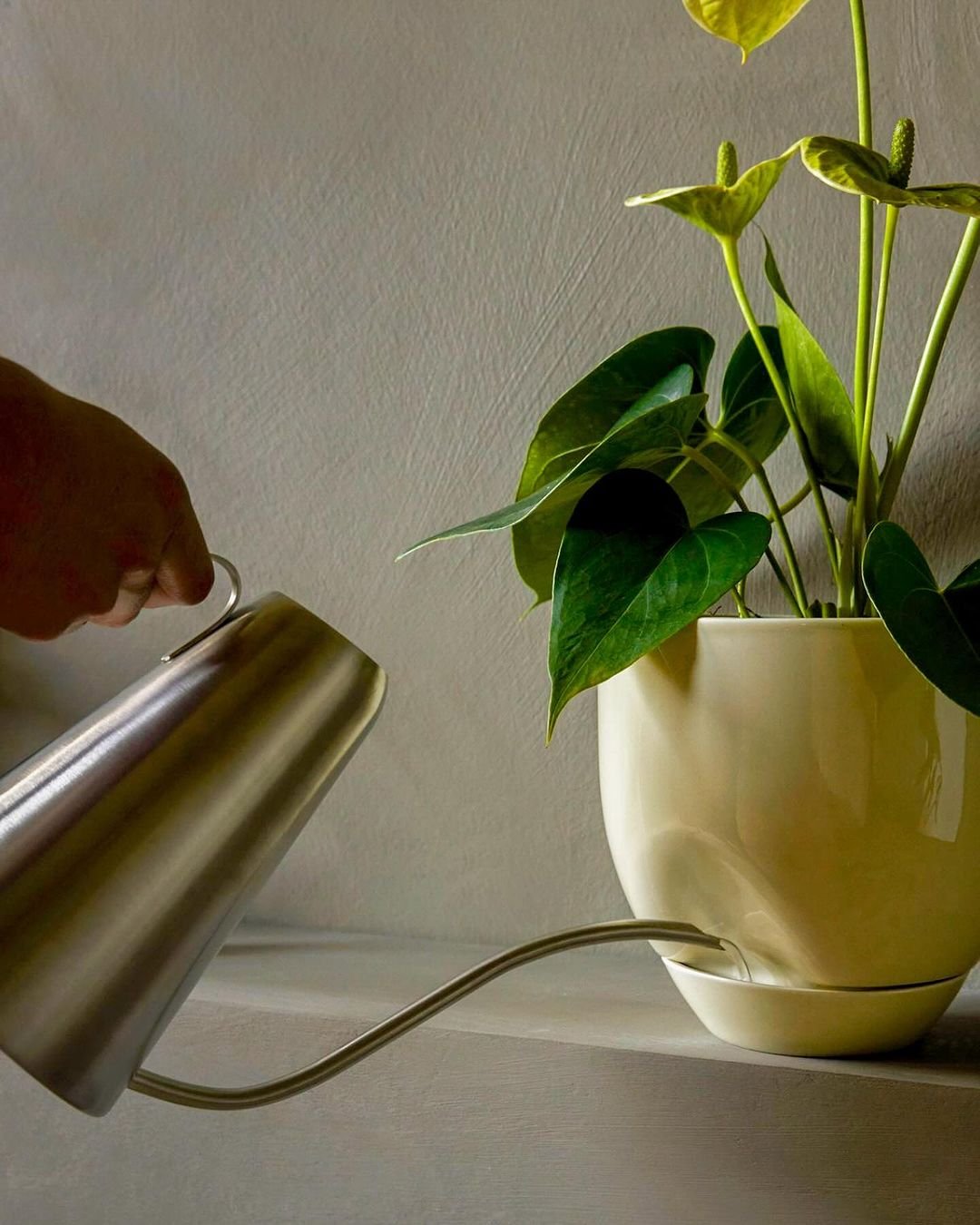Learn expert tips for watering your plants correctly. This guide covers when to water, how much to use, and techniques for different plants in your garden.

I’ve killed my share of plants with kindness, mostly by overwatering. After a decade of gardening, I’ve learned that watering seems simple, but doing it right is the difference between a thriving garden and a struggling one. Watering correctly isn’t about a rigid schedule; it’s about understanding what your plants need.
Proper watering means giving your plants the right amount of moisture at the right time. It encourages deep, strong roots and helps prevent disease. When you water correctly, your plants become more resilient and productive.
The Golden Rules of Watering
Follow these core principles to build a solid watering foundation.
- Check the Soil First: Never water on a preset schedule. Before you pick up the hose or watering can, check the soil moisture. For most plants, the top inch or two of soil should be dry before you water again. You can check this by sticking your finger into the soil up to your second knuckle.
- Water Deeply and Thoroughly: It is better to water less often but more deeply. A light sprinkling only moistens the top layer of soil, encouraging roots to stay shallow and weak. A deep soaking encourages roots to grow down, creating a drought-tolerant and stable plant. Water until you see it begin to run out of the drainage hole of a container, or until the soil is moist 6-8 inches deep for in-ground plants.
- Water at the Base: Aim your water at the soil, not the leaves. Wet foliage is a primary cause of fungal diseases like powdery mildew and blight. Watering the soil directly delivers moisture to the roots where the plant needs it most. Soaker hoses and drip irrigation systems are excellent tools for this. For more on preventing plant sickness, see our guide on garden pest and disease control.
- Water in the Morning: The best time to water is early morning. This allows any accidental splashes on the leaves to dry quickly in the morning sun, reducing disease risk. It also prepares your plants for a hot day ahead. Watering in the evening leaves plants damp all night, which can invite fungal problems.
A Quick Guide to Watering Needs
| Plant Type | Watering Frequency | Key Tip |
|---|---|---|
| Seedlings | Keep consistently moist, not soggy | Use a gentle spray to avoid dislodging them. |
| Vegetables | 1-2 inches of water per week; check soil. | Consistent moisture is key for fruiting plants like tomatoes. |
| Container Plants | Water when top 1-2 inches are dry. | Pots dry out faster than garden soil, especially in summer. |
| Newly Planted Trees/Shrubs | Deeply 2-3 times per week for first season. | Builds a strong, deep root system. |
| Established Perennials | Water when top 2-3 inches of soil are dry. | Often thrive on rainfall once established. |
| Succulents | Let soil dry out completely between waterings. | Soak thoroughly, then let drain completely. |
How to Tell if You’re Overwatering or Underwatering
The symptoms can look surprisingly similar. Here is how to tell the difference.
- Signs of Overwatering: Yellowing lower leaves, wilting despite wet soil, soft and mushy stems, and a general look of weakness. The soil may also have a sour smell.
- Signs of Underwatering: Wilting when the soil is dry, drooping leaves, brown and crispy leaf edges, and stunted growth. The soil will pull away from the sides of the pot.
The Best Watering Methods
The tool you use can make a big difference.
- Watering Can: Perfect for containers, seedlings, and small gardens. Use one with a “rose” attachment to create a gentle shower that won’t disturb soil or young plants.
- Soaker Hose: This porous hose oozes water directly into the soil along its entire length. It is extremely efficient, prevents water waste, and keeps foliage dry. It is ideal for garden beds and rows of vegetables.
- Drip Irrigation: A system of tubes and emitters that delivers water directly to the base of each plant. It is the most efficient method and can be put on a timer. This is a great solution for a vegetable garden.
- Sprinklers: These cover a large area but are the least efficient method. Much of the water is lost to evaporation and wind, and they wet the leaves, promoting disease. If you use one, do it in the early morning.
Watering Tips for Specific Situations
- During a Heatwave: Plants will need more water, but always check the soil first. The heat can cause plants to wilt temporarily in the afternoon, even if the soil is moist. Check them again in the evening; if they have perked up, they likely do not need water.
- Watering Before a Vacation: Give your garden a deep, thorough watering the day before you leave. For container plants, group them together in a shady spot to reduce water loss. You can also use a DIY drip system with a bottle of water for individual plants.
- For Seedlings: Their tiny root systems are near the surface, so they need gentle, frequent watering. A misting bottle or a watering can with a rose head is perfect for this job.
Final Thoughts
Watering is a skill you develop over time by observing your plants and your soil. It is the most impactful thing you do for your garden after choosing the right plants for your sun conditions. By following these tips, you will build healthier plants that can better handle stress. For more on creating the right foundation for your plants, explore our guide on garden soil preparation.
What is your biggest challenge when it comes to watering your plants? Share your questions and experiences in the comments below.







3 Comments on “How To Water Your Plants: Expert Tips for Healthy Growth”